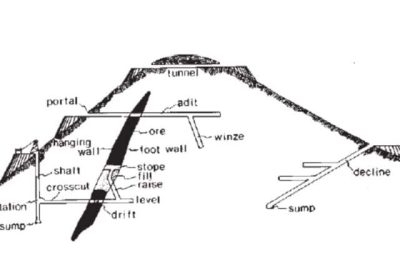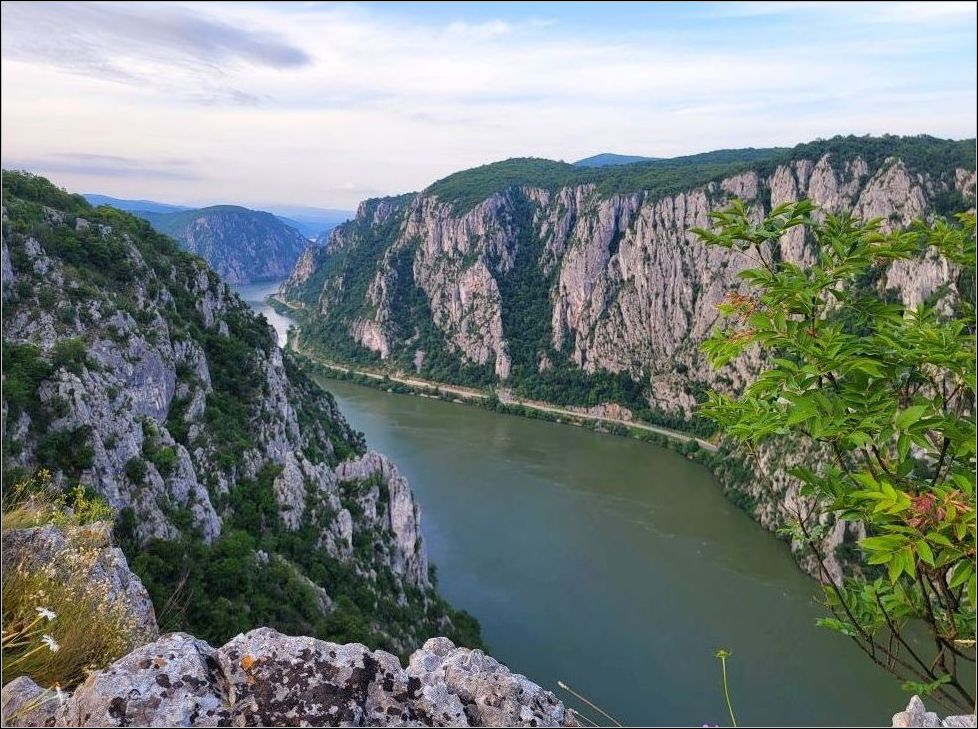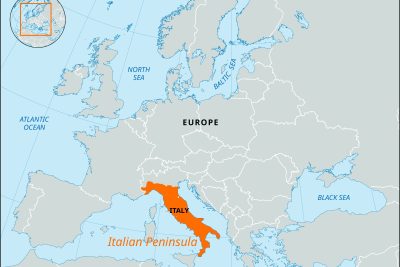
What is Iron Guard along the Danube River, Serbia to Romania

The Iron Guard along the Danube River represents a unique geographical and historical landmark that separates Serbia and Romania. This natural wonder, known informally as the Iron Gate, is characterized by its stunning rock formations and significant hydroengineering achievements. Located at the confluence of the Carpathian and Balkan mountains, the Iron Gate region not only serves as a vital boundary but also plays a key role in the cultural and economic exchanges between the two nations.
As one of Europe’s essential waterways, the Danube River has been crucial in shaping the history and development of both Serbia and Romania. The Iron Guard symbolizes the resilience and collaborative spirit of its neighboring countries, particularly in the context of hydroelectric power generation and environmental sustainability. Understanding the multifaceted aspects of the Iron Gate region is essential for appreciating its significance in the broader narrative of European geography and history.
Overview of the Iron Gate Gorge
The Iron Gate Gorge, or Iron Guard, stretches approximately 90 miles (about 145 kilometers) along the Danube River, showcasing breathtaking landscapes defined by steep cliffs, diverse flora and fauna, and rich cultural heritage. The gorge itself connects the two distinct geographical regions of Serbia and Romania, forming a natural bridge and a critical point of attraction for explorers and tourists alike. The remarkable features of the gorge, such as the narrowest point known as the 'Çuprija,' serve as impressive examples of nature's ingenuity.
Geographical Importance of the Iron Gate
The geographical significance of the Iron Guard is evident in its role as an international boundary delineating Serbia from Romania. This natural corridor not only facilitates transportation and trade but also underscores the ecological diversity within the area. The surrounding mountainous regions contribute to distinct climatic conditions that support various ecosystems, making the Iron Gate a vital area for biological research and conservation efforts.
Historical Significance of the Iron Gate
Historically, the Iron Guard has been a site of considerable strategic importance. It has seen countless interactions between cultures, from ancient Roman settlements to Ottoman influences. This region has also been frequently highlighted in historical texts due to its role as a natural barrier against invasions and a strategic passage for military campaigns. The historical legacy of the Iron Gate influences the cultural identity of the local communities, reflecting a blend of traditions and historical narratives.
The Construction of the Sip Canal
In the late 19th century, navigating the Danube River through the Iron Gate became increasingly challenging due to the presence of natural obstacles such as the substantial rock reef located near the town of Sip. This challenge prompted the construction of the Sip Canal in 1896, an essential engineering project aimed at improving navigability along this crucial waterway. The Sip Canal significantly transformed the region’s maritime logistics, enabling larger vessels to traverse the river and promoting economic benefits for both nations.
Development of the Iron Gate Dam and Hydroelectric Power Plant
The collaborative construction of the Iron Guard dam project in 1972 marked a pivotal point for energy production in the region. The dam not only facilitated hydroelectric power generation, providing energy to both Serbia and Romania, but it also controlled flooding, significantly reducing the risks associated with seasonal water level fluctuations. The establishment of the hydroelectric power plant further enhanced economic growth through energy stability and improved maritime transportation routes.
Economic Impact on Serbia and Romania
The economic implications of the Iron Guard and its hydropower developments are vast. For Serbia and Romania, the Iron Gate region has become a cornerstone for economic collaboration, fostering trade relations and ensuring energy security. Increased shipping capacity facilitated by the dam and canal has led to enhanced logistics, with improved access to international markets. These developments have significantly contributed to the local economies, offering employment opportunities and increasing regional trade.
Environmental Considerations
While the Iron Guard has brought economic advantages, it also raises important environmental considerations. The construction of the dam and the alteration of river flows have had implications for aquatic and terrestrial ecosystems. Efforts have been made to balance economic growth with ecological sustainability, including initiatives aimed at preserving the region's biodiversity. Ongoing monitoring and research are essential to mitigate the environmental impacts associated with hydroelectric projects and maintain the natural integrity of the Iron Gate.
Tourism and Recreation in the Iron Gate Region
The Iron Guard region boasts significant tourism potential, attracting visitors seeking adventure and natural beauty. With numerous recreational opportunities such as hiking, boating, and fishing, the Iron Gate represents a vital destination for both local and international tourists. Cultural heritage sites, including ancient ruins and traditional villages, contribute to the rich experience that the region offers. Tourism development not only enhances the local economy but also raises awareness about the significance and beauty of this remarkable area.
Conclusion
The Iron Guard along the Danube River is a multifaceted region that encompasses geographical, historical, and economic significance. Its stunning landscapes, rich biodiversity, and historical narratives create a unique identity that reflects the shared heritage of Serbia and Romania. As both countries continue to navigate the challenges and opportunities presented by the Iron Gate, the focus on sustainable development will be paramount in preserving this natural wonder for future generations.
The Iron Guard stands as a testament to human ingenuity, collaboration, and the enduring relationship between nature and society. As we venture into the future, recognizing the importance of the Iron Gate region in fostering cross-border cooperation, tourism, and environmental responsibility will ensure that this remarkable landmark continues to thrive as a point of connection between Serbia and Romania.
Did you find this article helpful? What is Iron Guard along the Danube River, Serbia to Romania See more here General.
Leave a Reply






Related posts